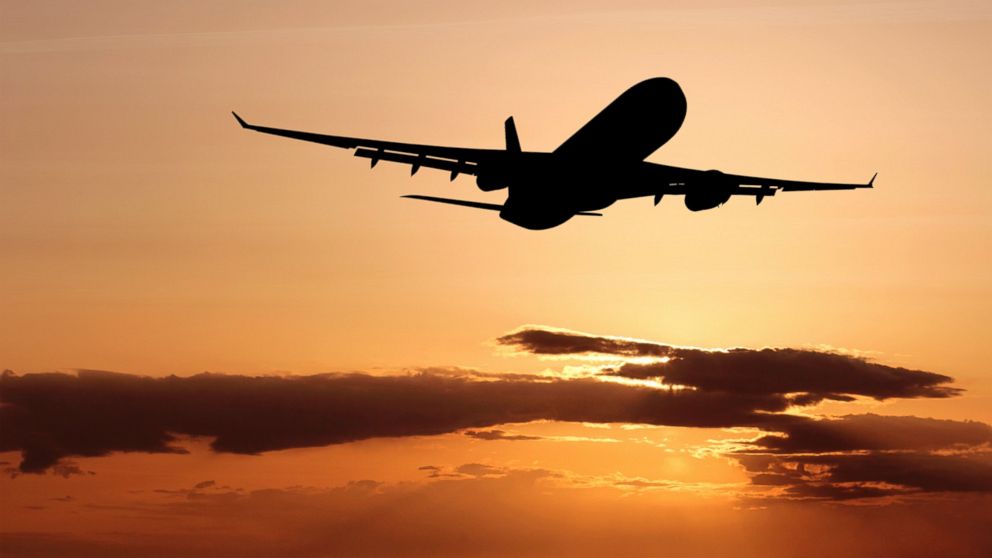5 Things an Airline Pilot Wants You to Know About Summer Weather
A veteran pilot weighs in with his weather concerns.

— -- Remember what your children were like during the "Terrible Twos"? According to a Federal Aviation Administration safety briefing, Mother Nature has something similar called the "Terrible Ts" for thunderstorms and turbulence. I contacted a veteran pilot with a major U.S. carrier for his take on this and other weather concerns and here's what I learned.
1. Thunderstorms can be worse for passengers than blizzards.
A thunderstorm is more than noisy rain. According to the pilot (who prefers to remain anonymous), they can be dangerous because of "the potential of severe turbulence, lightning strikes, possibility of icing, hail damage to the aircraft, and significant water ingestion into the engines."
That's quite a laundry list, but wouldn't be complete without the delay factor. The Federal Aviation Administration compared delays at Newark, LaGuardia and JFK during all of 2013 and found that while winter months were no picnic, the most weather-related delays were recorded in May, June and July. Those who will fly to vacation spots this summer, take note: About 1 in 6 of us can count on being delayed. It won't all be due to weather, of course, but from 2008 to 2013, weather accounted for 69 percent of all delays.
The good news is airlines handle delays a lot better than they used to, thanks to proactive notices to passengers (text, email) plus sophisticated software to more effectively reschedule planes and passengers.
2. Pilots do their darnedest to avoid thunderstorms.
According to our veteran in the cockpit, "Pilots avoid thunderstorms, at least all the pilots I have flown with do, and deviating several hundreds of miles if need be to circumnavigate thunderstorms or lines of thunderstorms is pretty common."
Does this mean late-arriving planes? "Sometimes," said the pilot, adding, "Airlines also will 'pad' their flight schedule times to create buffers for unexpected delays." In other words, a normal flight of 90 minutes duration might be shown on an airport arrival/departure board as lasting an hour and 45 minutes -- just in case.
3. Don't worry, the plane won't run out of gas.
Moving a flight hundreds of miles off course to avoid bad weather would suggest the aircraft could run short of fuel, but our pilot said no. "Planning and working with [the airline's] dispatch throughout the flight along with Air Traffic Control makes this pretty routine," he said.
4. The most important thing you can do during turbulence.
As noted, pilots can fly around weather to avoid thunderstorm-related turbulence, but another kind, called Clear Air Turbulence, "can hit from out of the blue," said our pilot. Statistics show the few who get hurt during this or any severe turbulence are almost always passengers who are not secured in seats. "Yes, it does bother most crew members that your seat belt is not fastened," said the pilot. He strongly urged everyone to stay buckled at all times, and that means whether seat belt sign is on or off.
5. Don't worry, the plane is safe.
You'd expect a manufacturer like Boeing to say its planes are safe in turbulence ("be assured that the airplane is built to withstand these conditions"), but so do numerous other sources with no connection to the aircraft-manufacturing business, and that includes our anonymous pilot.
"Honestly, I have never heard of weather-induced turbulence bringing down a U.S.-based airline aircraft," he said.




